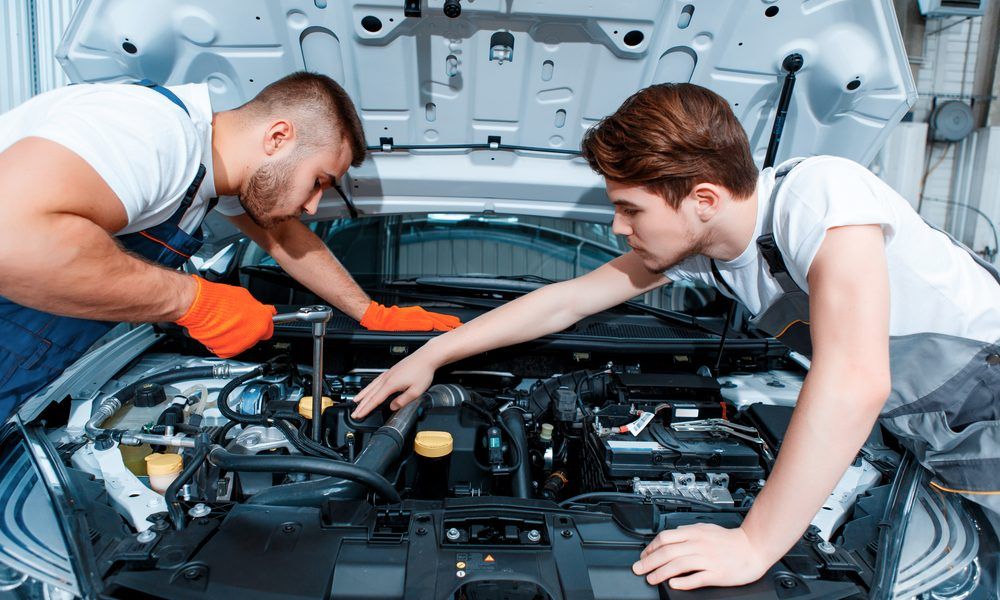Power seats are an essential feature in modern vehicles, providing drivers with the convenience of adjusting their seats to a comfortable position with just the touch of a button. However, the electrical system that powers these seats is often overlooked. Understanding the power seat wiring and connections is crucial for diagnosing and fixing any issues that may arise.
Power Seat Wiring: The Basics
Power seats typically use a 12-volt direct current (DC) electrical system, which is the same system used to power other accessories in a vehicle. The power seat motor is connected to the battery through a series of wires and fuses, which control the flow of electricity to the motor. The wiring system includes a power seat switch, which sends a signal to the power seat motor to move the seat in a specific direction.
Power Seat Connections: Understanding the Components
The power seat wiring system consists of several components, including the power seat switch, wiring harness, and power seat motor. The power seat switch is typically located on the side of the seat or on the door panel. It contains several buttons that control the movement of the seat, such as forward, backward, up, and down. Going for the European Auto Repair in Indian Trail, NC based service is important here.
Power Seat Wiring: Diagnosing Issues
When diagnosing issues with a power seat wiring system, it is essential to understand the symptoms. For example, if the seat does not move when the switch is pressed, the issue may be with the power seat switch, wiring harness, or power seat motor. To diagnose the issue, a technician may use a multimeter to test the continuity of the wires and the resistance of the motor.
Power Seat Connections: Repair and Maintenance
Repairing and maintaining a power seat wiring system requires specialized knowledge and tools. Technicians must be familiar with the wiring diagrams and have access to the appropriate testing equipment. Regular maintenance, such as inspecting the wiring harness for signs of wear and damage, can help prevent issues from arising.
When repairing a power seat wiring system, it is essential to follow the manufacturer’s guidelines and use only approved parts. Using non-approved parts can lead to further issues and may even void the vehicle’s warranty.
Conclusion
Understanding the power seat wiring and connections is crucial for diagnosing and fixing any issues that may arise. The electrical system that powers these seats is complex and requires specialized knowledge and tools to repair and maintain. By following the manufacturer’s guidelines and using only approved parts, technicians can ensure that the power seat wiring system is functioning correctly, providing drivers with the convenience and comfort they expect. Regular maintenance, such as inspecting the wiring harness for signs of wear and damage, can help prevent issues from arising and ensure the longevity of the power seat system.






